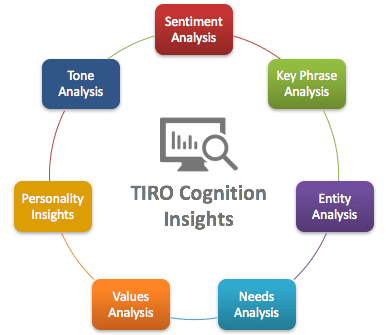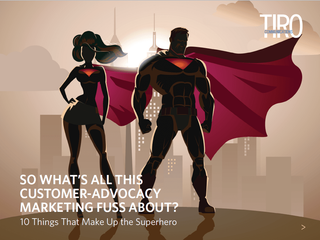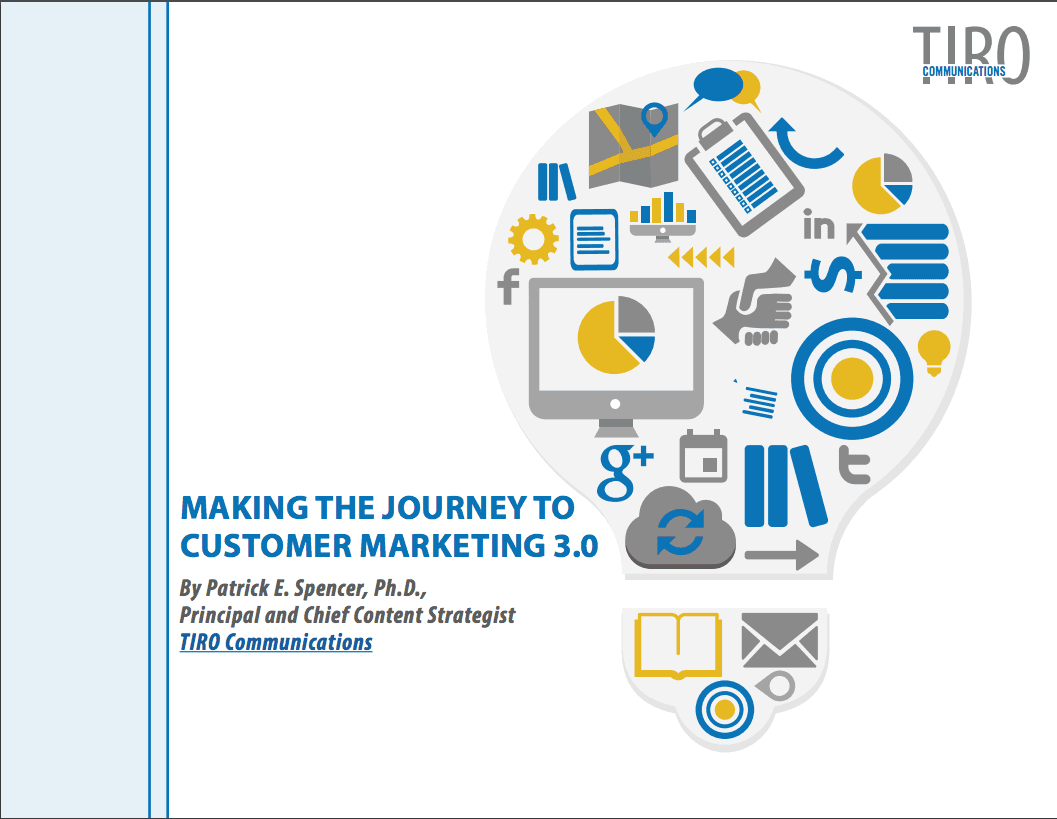Rear-Ended: 5 Customer Service Takeaways
- By Patrick Spencer
- •
- 03 Jan, 2016
- •
Making Advocates and Detractors

A quick Google search for customer service returns a plethora of results on an almost endless list of topics. Just as bad, or even subpar, customer experiences are memorable, so are great experiences. One theme that is largely consistent across the different articles, blog posts, eBooks, and white papers is that engagement matters. Advocates and detractors are made based on how companies engage with customers.
The Accident: Rear-Ended
Shortly before the holiday season, I unfortunately had a chance to experience this reality as a result of being rear-ended by a driver who was texting (waiting behind traffic at the metering light on the SF Bay Bridge). Three companies were involved in the post-accident insurance, vehicle repair, and medical recovery processes.
Two months after the accident, two of the companies have provided memorable customer service experiences that fall on the “wrong side of the fence,” while the third delivered an experience that turned me into an advocate. (Real names, outside of B&S Hacienda and Dave, have been removed from the post.)
Insurance: False Promises
Initially, my insurance company was responsive, sending me the necessary forms to complete, getting an adjuster onsite to complete an examination and appraisal, securing a rental car, and approving the body shop I selected to do the repairs. Engagement was either via phone or email. Additionally, whenever I sought a status update, the only “real-time” channel was to place a phone call.
My interactions with the insurance company of the person who rear-ended me were dismal from the very start. The first contact was via postal mail, a letter notifying me to call someone named “Mary.”
Heeding their instructions, I phoned her and reached her voice mail, which included a notation that she returns phone calls within four business hours. I left a message and waited five days before calling back. Once again, I got her same voice mail message, indicating that she returns calls within four business hours. I waited another couple days. This time, I called the company’s main 1-800 number and asked to speak with a supervisor. I recounted my story and was told she would contact me.
Finally, a few days later, she called. But rather than addressing the issue, she spent the first 15 minutes of the call making me give her the same information I had given her supervisor during my prior call with him. She then informed me that they couldn’t do anything about the claim—which was more than a month old at that juncture—because their customer wouldn’t return their calls or postal inquiries.
Our Problem Is Your Problem
Rest assured, she told me they would continue to pursue him, and if/when they finally reach him, they would make a decision on liability and remit payment for the deductible I had paid and any other expenses. (Getting them to pay for lost time on business development and project execution for clients while I am at the chiropractor is a lost cause. The bar is set so high it isn’t even worth pursuing—for example, they want my tax returns from the past year, client names, contract amounts, etc.)
Suddenly, their problem became my problem. Three weeks after that phone conversation, I’ve not received an email, phone call, or postal letter from either my insurance company or the insurance company of the “texting” motorist. And since neither provide any means for digital engagement, I am stuck logging more phone calls. At this juncture, I’ve concluded the line of demarcation separating “worth my time” versus “not worth my time” has been crossed.
Your Problem Is Our Problem
Now consider the engagement from the other company involved in the post-accident process—B&S Hacienda (body shop). In the first call I made to B&S Hacienda Auto Body, Dave, the manager, noted he knew my claims adjuster and would contact him directly to sort out all of the required paperwork and logistics.
When he found out that I would need to pay an out-of-pocket charge for the car rental, due to a cap on my no-fault motorist coverage and no response (at the time) from the insurance company of the motorist who had rear-ended, told me he would call the local office of the car rental company and ring me back. In about 10 minutes, Dave was on the line again to inform me that I wouldn’t owe anything.
Dave wasn’t done delighting his customer. After it took two days beyond the 30-day car rental coverage stipulated in my insurance policy to repair the car due to delays with a follow-up claims appraisal and the wrong parts being sent to B&S Hacienda, I received a bill from the car rental company for those two days. I called my insurance company, which said their hands were tied and that I would need to take it up with the other driver’s insurance company.
Already knowing their response would be nothing but the same (“our problem is your problem”), I called Dave at B&S Hacienda. Once again, he told me he would make a couple calls and call me back. Within a few minutes, he was on the line to let me know the problem was solved.
Making Advocates and Detractors
Customer experience does matter (or “prospect” in the case of the other motorist’s insurance company). In the case of my insurance company, they checked their boxes off and pushed the onus to the other insurance company. For the other insurance company, the experience cannot get much worse. In addition, not only did they lose an opportunity to impress a potential prospect, but they created a detractor. In neither instance, despite having the resources to do so, was a digital engagement option such as live web chat or online self-service was afforded to me.
For B&S Hacienda, a company with which I had no prior interaction or knowledge, they created an advocate. What’s ironic, even though they did an outstanding job on the car, what I remember from my business interaction with them is the customer service.
So, what are a few takeaways from my experience?
- Going the extra mile, even when it isn’t
directly your responsibility, makes a big difference when it comes to customer
service.
- Don’t make your problem your customer’s problem.
- Don’t make promises you don’t keep. Nothing will
frustrate customers more than empty words.
- Look for solutions rather than falling back on documented
processes or “passing the buck” to someone else.
- If you interact with customers, an omnichannel approach is a requisite. This means you provide customers with the ability to engage digitally and to self-service. Translation: Don’t force them to call you but give them the ability to get what they need—answers and status—via online self-service and live web chat.
Part I
Part II













